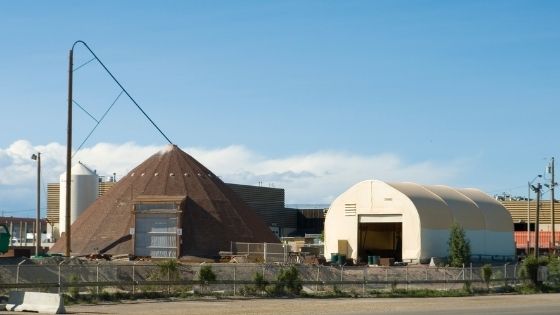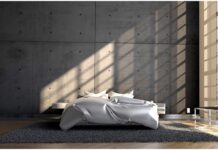The Quonset hut is a prefabricated lightweight steel arch-shaped structure with a semicircular cross-section. It was developed during World War II to provide temporary shelter for military units and materials. Airplane hangars, vehicle service buildings, storage warehouses, bulk storages, and many other applications were built of Quonset huts.
They are still used today, particularly by the military and for outdoor storage of equipment or materials. Quonsets can be found in remote locations across the globe because they’re easy to transport and build. They’re also commonly used in disaster relief and emergency housing.


The arch-shaped steel design gives these structures its distinctive semicircular shape, which provides a high degree of strength and stability in an economical and quick-to-construct package.
Here’s everything you need to know about these structures:
Where Did It Begin?
Quonset huts are prefabricated light-gauge steel structures with semicircular cross-sections. They were developed during WWII to provide temporary shelter but have since been used for various purposes.
The first design of the hut was created by the US Navy Construction Battalion (Seabees) in 1942 and was built at Naval Base Little Creek in Virginia.
As the demand for these buildings grew, the US Navy established a standard Quonset hut specification in 1943, with designs varying slightly depending on their intended use.
How Are They Built?
These are light gauge steel structures consisting of straight or curved panels connected to form semicircular arches. The panel sections are factory-made and transported to the site where they are erected.
The standard building components for construction include steel arch tubes, purlins (horizontal roof supports), and hoops (vertical wall supports) joined together on-site with sheet metal screws or rivets.
There are different variants of roofing materials available for the hut. Corrugated sheet steel or metal sandwich panels with polyurethane insulation and a waterproof membrane are most common.
What Are Their Advantages?
A Quonset hut is typically 20 to 30 feet wide and from 15 to 50 feet long, while the average arch spans the range between 18 and 40 feet.
They are prefabricated, quick to build and transport, easy to set up and provide exceptional strength for their weight. Their design also gives them good insulation properties due to tight-fitting panels.
Quonset huts are also fireproof, pest-resistant, vermin-free, termite-free, and impact resistant.
Features Common in Quonsets and Arch-Type Structures
The huts share features with other arch-type structures such as barns and gazebos.
Some of the most common features include:
- Half or full circles
- Easy to assemble
- Converts into a greenhouse
The half-circle type is prevalent for its low construction cost, simple design, and easy-to-assemble panels. A half-circle hut serves well as a workshop, storage, or shelter.
Arch-type structures are especially useful in the agricultural industry, where they can be used to house animals yet provide open space for working. They can also be used for vineyards, solariums, and greenhouses.
How to Find Prefabricated Arch-Like Structures?
There are many suppliers of prefabricated structures, and if you’re looking to buy or rent an arch-type facility, there should be no problem finding one.
A search online will show multiple Quonsets and arch-type structures, suppliers. The prices for these buildings vary depending on the size, length, components, steel gauge, and other factors.
The basic building components of these structures can be bought separately, so you may consider using some for your DIY project.
















